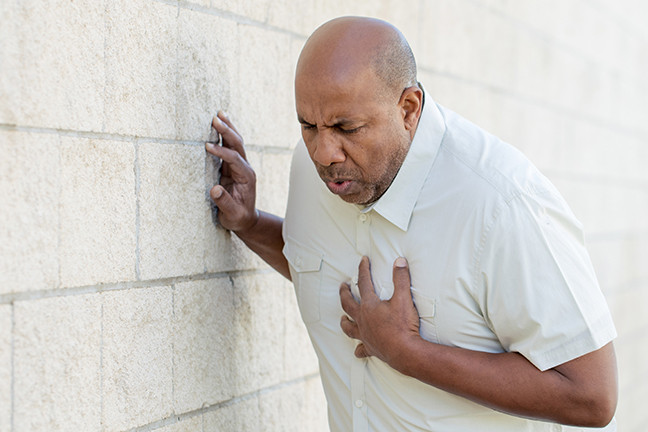Because of the increasing complexity of life, a panic attack is one of those things which could easily be brushed aside as part of normal life occurrences. Hence, there is the tendency to pay little attention to panic attacks when they occur. This trend could lead to the progression of panic attacks to full-blown panic disorders.
This article presents an overview of panic attacks: what they are and how they can be identified properly and managed.
Panic attacks are feelings of overwhelm and fear. Panic attacks can occur at any time, and when they do, they come with disabling effects. The sudden rush, increase in heartbeat rate and other symptoms associated with panic attacks usually stop a person from continuing with the activity they were engaged in reducing their productivity.
When panic attacks occur, the flight-or-fight response of the body is activated and the rate of bodily processes increase. Panic attacks occur both during inactivity and increased activity, anytime from when one is asleep to when they are busiest at the office or some other activity. Because panic attacks activate the sympathetic nervous system, the body works at an abnormal rate during panic attacks, and continued attacks can lead to long-term distortion of normal bodily processes.
During panic attacks, the situation before the person is view in an over exaggerated stated by the body causing the sympathetic nervous system to take over the control of bodily processes. Panic attacks usually occur within a short period and they pass as unexpectedly as they come. The parasympathetic nervous system then kicks in and restores the normal functioning of the body.
Types of panic attacks
Panic attacks can occur spontaneously. Also, panic attacks can be triggered. For persons who have extreme fears of a particular situation, that situation could lead to a panic attack. In such a case, it is an expected panic attack. An example of an expected panic attack is the one occurs in claustrophobic people when they are in closed spaces. The extreme fear of closed spaces they previously have could trigger the attack in claustrophobic persons.
In other cases, the attack is completely spontaneous. Such attacks do not have a specific trigger and can occur at any time including when one is asleep. Spontaneous panic attacks have been linked to factors such as family history and former similar experiences. For example, if one has had an extremely embarrassing public speaking experience, they could develop panic attacks before a major public speaking event.
Both types of panic attacks can be triggered by factors such as metabolic disorders and stress, amongst others.
Symptoms of panic attacks
Symptoms of panic attacks include increased palpitation, sweating, chest pain, paresthesia, chills, fear of death and detachment from immediate surroundings.
Managing panic attacks
Panic attacks are preventable and can be properly managed. One of the sure ways of managing panic attacks is by avoiding triggers when known. General lifestyle changes that can be implemented in managing panic attacks are improved sleep hygiene, physical activity and lower consumption of alcohol and caffeine.
Primary Medical Care Center is an Urgent Care Miami provider serving Miami-Dade and Broward County with Two Convenient Locations. Call Now: 305-751-1500 or visit us (11500 NW 7th Ave., Miami, FL 33168, 2412 N State Road 7, Lauderdale Lakes, FL 33313).
